I was thinking about using glass wool only in the sealed midrange box
I also use Cotton wool for the 8" sealed 7.5L midrange enclosure of my 375L speakers :
Fiberglass, Rockwool are "phisically unpleasant" materials to my taste... That's why I discard them ! The Cotton wool I use is made from recycled Cotton cloth and fiber, and is harmless to handle and work.
T
Your midrange is 8" ???? Now I understand why my 4" midrange was giving 3 liters of sealed box in winISDPersonally; I use Cotton Wool, in Sealed or Bass-Reflex enclosures :
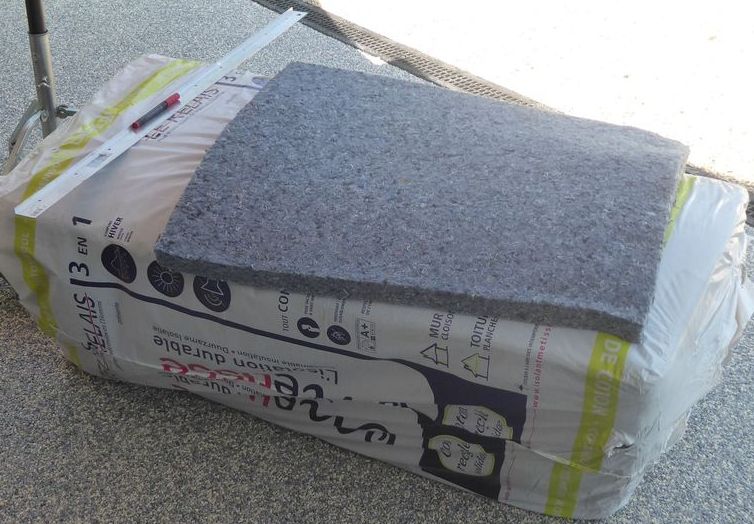
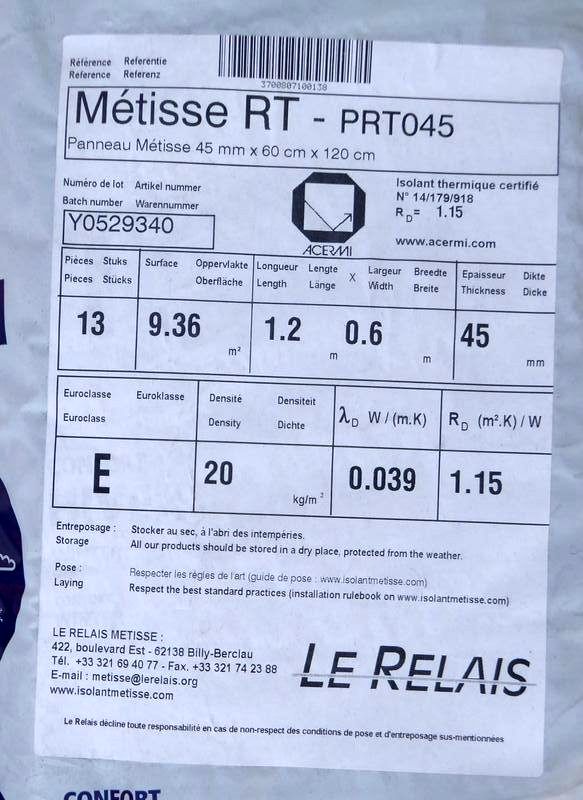
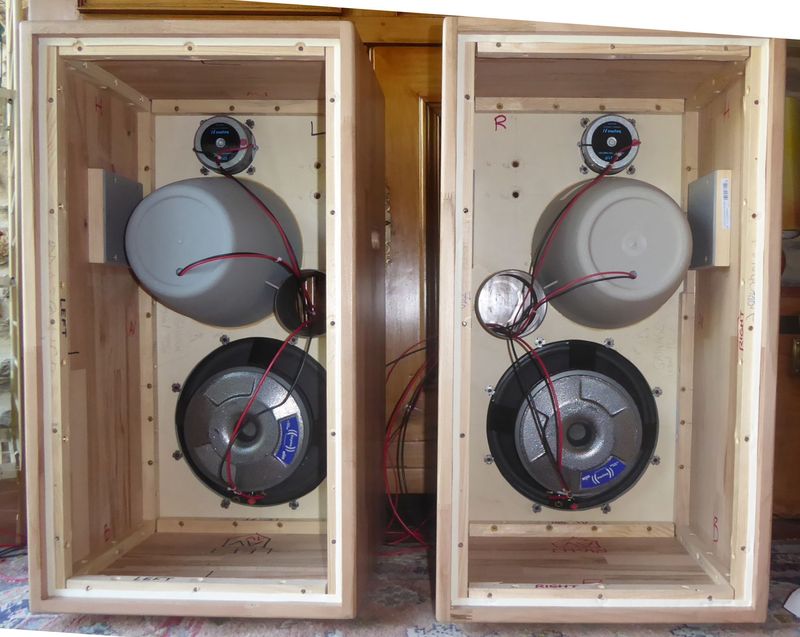
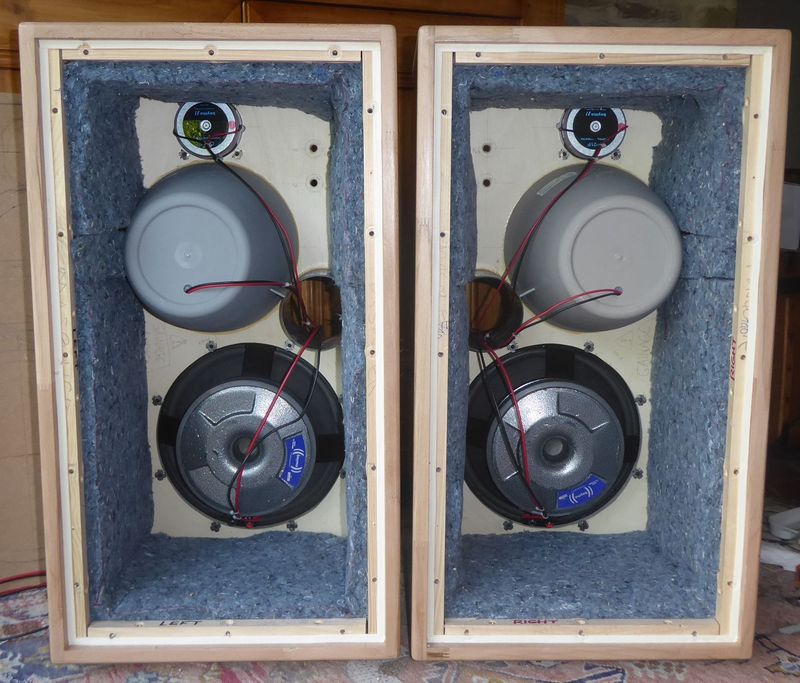
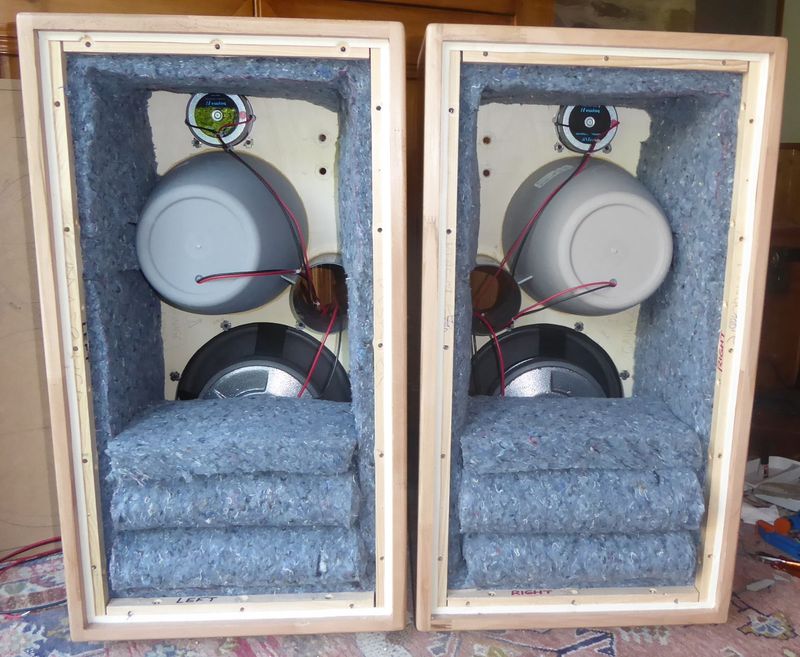
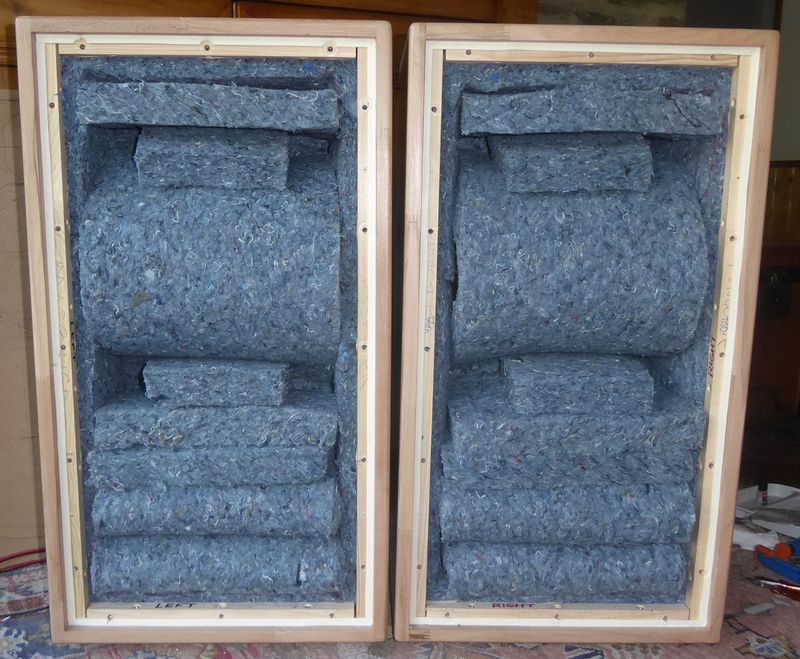
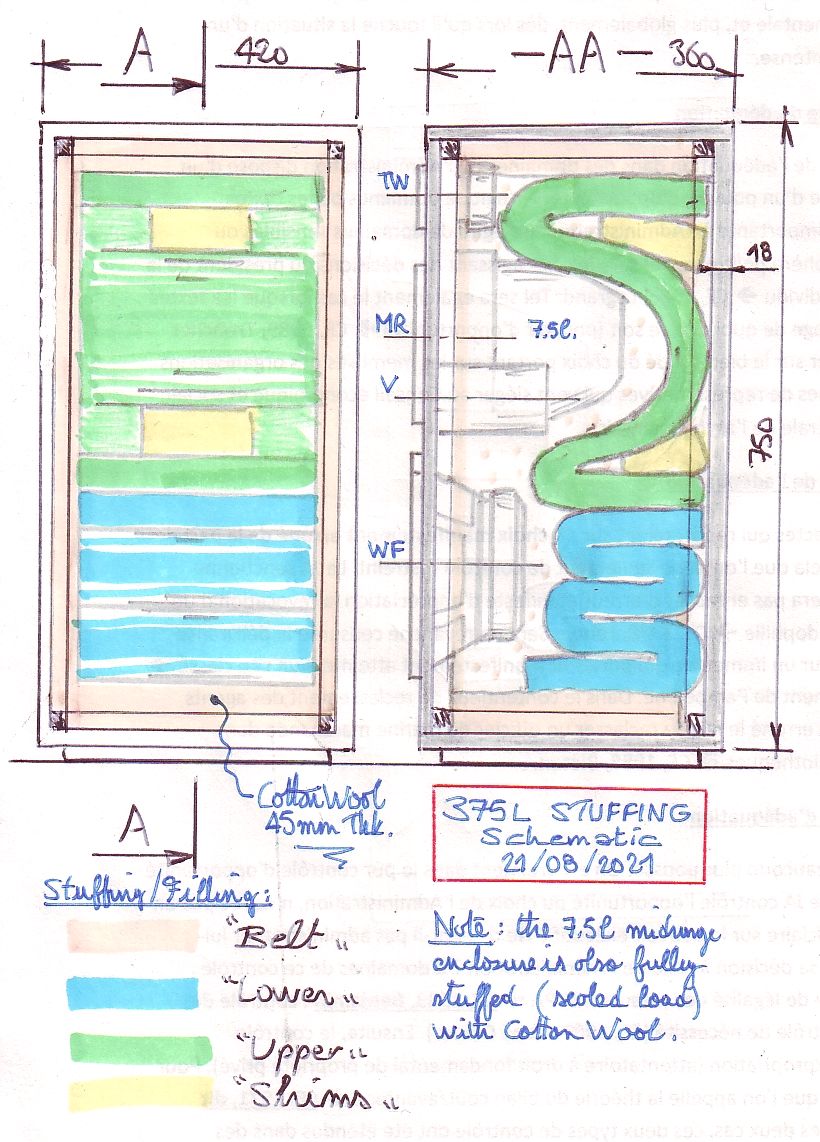
T
Yes, the heavier the foam the more effective it is. However, even the low density foam sold in fabric shops works quite well in the appropriate thicknesses. It is easy to cut and handle, and generally stays where it is put with minimal restraint. I first learned of using foam when I opened a B&W DM-7 and discovered they used foam exclusively. For a compact 2 way passive rad system, they had very impressive low bass extension.Note that open cell acoustic foam has more pores per inch (PPI) than the open cell foam used in furniture upholstery, so is more effective for sound absorption.
Sounds ideal!Carding involves separating and straightening sheep's wool with two brushes to create soft, fluffy wool which can later be spun into yarn.
Your midrange is 8" ???? Now I understand why my 4" midrange was giving 3 liters of sealed box in winISD
Yes, this Midrange is the Beyma 8M60N - unfrotunately now discontinued, like the 12B100R Woofer :
The sealed enclosure of 7.5L allow a 110Hz -3dB low response, fine for a transistion frequency at 400Hz with the Woofer. I use my "patented resin flowerpot enclosure" technique 😀 😉 :
T
Natural wool is not suitable for a ported enclosure as carpet moths can get in and have a real party. Unless you stick a few mothballs in I suppose!
Here's a demonstration of why you need something inside a sealed box. This is the frequency response of a speaker with a cylidrical enclosure. The frequency response is really uneven because the enclosure shape resonates badly, just like a pipe organ.Do sealed boxes really need internal lining?
And here it is again, but filled with a polyester fleece jacket (I'm not endorsing the use of clothing as stuffing, it's just what I had available at the time).
Much better.
A less regular shaped enclosure would help of course, but even then, the energy inside the box can only be spread over a wider range of frequencies so it's less audible, whereas stuffing can absorb the energy so there's nothing to hear.
- Home
- Design & Build
- Construction Tips
- Variations of materials for internal lining, which is the best?